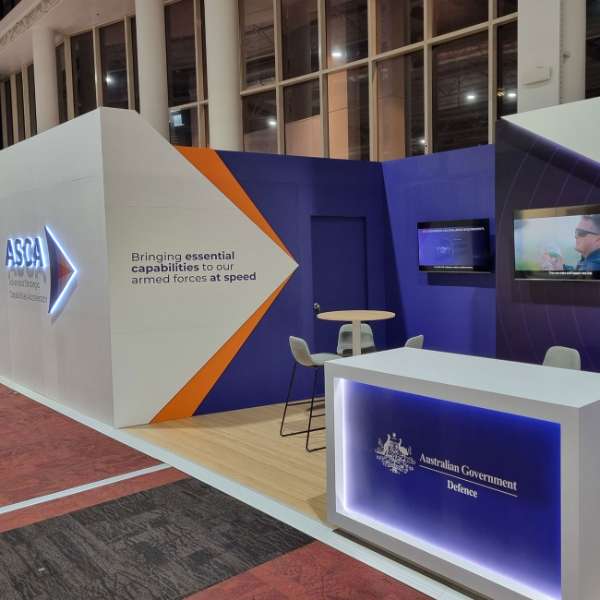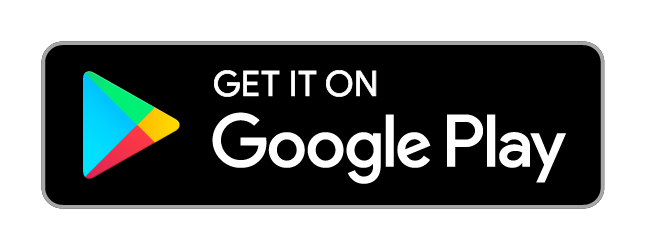Trade expos in Australia are more than just busy halls filled with branded booths and business cards. They’re where deals begin, partnerships are sparked, and brands either fade into the background, or step fully into the spotlight.
If you’ve ever wandered through an expo floor, you know the feeling: booth after booth blending together… and then one catches your eye. That’s not luck, it’s strategy. Winning at a trade expo isn’t about having the biggest budget. It’s about being intentional with your presence, clear on your message, and smart with your setup.
This guide walks you through exactly how to do that, before, during, and after the event. Whether it’s your first time exhibiting or you’ve done this before, we’ll help you sharpen your approach, avoid common mistakes, and stand out for all the right reasons. From team prep to designing exhibition displays that stop traffic, here’s how to turn your next expo into a real win.
Before the Expo: Prepare to Win
Before you step onto the expo floor, the real work begins. How you prepare will shape everything that follows, your visibility, your conversations, and the results you take home.
First, choose the right expo. Not all events are created equal. It’s easy to get drawn to the biggest names or the ones with the flashiest venues, but relevance matters more than scale. Ask yourself: does this event attract your ideal customers? Will potential partners or competitors be there? Sometimes, a smaller, more targeted expo delivers far more value than a big, generic one.
Next, get clear on why you’re going. Are you looking for leads? Brand exposure? Launching something new? Each goal calls for a different approach, and your decisions, from booth design to staffing, should support that goal. If you don’t know what success looks like, it’s hard to measure whether you’ve achieved it.
Finally, plan your booth with intention. This isn’t the time for generic pull-up banners and a bowl of mints. Your space should reflect the quality of your brand, and that starts with how it looks. Custom exhibition displays give you the flexibility to shape your space around your message, not the other way around. They help you guide attention, highlight your strengths, and avoid blending into the background. In a sea of sameness, a well-designed booth signals that you’re not just another face in the crowd, you’re a serious player.
Your Booth – Design to Attract and Engage
Now that you’ve got the strategy, it’s time to talk about execution. Your booth is your physical presence at the expo, and it’s competing for attention in a loud, fast-moving space. People won’t give it a second glance unless it earns the first one.
This is where the difference between a basic setup and a custom exhibition display really shows. A well-designed display isn’t just about looking good. It’s about creating a space that works for you, drawing people in, giving them a reason to stop, and guiding them through your message.
Think about it like this: at a trade expo, you don’t get to tell your whole story unless someone chooses to step into your space. Your booth has to do the heavy lifting first. That means clear messaging, smart layout, and a design that reflects who you are as a business.
When you need to make an impact, a custom exhibition display Australia-made and brand-aligned can make all the difference. It gives you more control over layout, messaging, and the way people experience your brand, so you're not stuck working around a generic setup.
It’s also worth thinking beyond visuals. What kind of experience are you creating? Are you showing live demos, offering hands-on interactions, or giving away something genuinely useful? The most memorable booths aren’t just seen, they’re felt. They create moments that stick.
And if you’re investing in good design, don’t waste it by hiding behind the counter. Be visible, be engaged, and make the most of the attention your booth earns.
Your People: Train the Team
A great booth might catch someone’s eye, but it’s your team who makes them stay.
Your staff are the face of your brand at the expo. They’re not just there to hand out flyers or answer basic questions. They’re there to connect, to qualify leads, and to make sure that every interaction feels intentional. That’s a tall order, especially in a crowded, fast-paced environment, so preparation matters.
Make sure your team knows the goal. If you’re there to book meetings, get sign-ups, or generate quotes, your staff should be aligned on what counts as a win. Give them short, simple scripts they can adapt rather than memorise, and encourage them to lead with questions rather than pitch straight away. The goal is to open conversations, not close sales on the spot.
It also helps to run through a few common scenarios. What should someone say if a curious browser walks past and hovers but doesn’t engage? What if a serious prospect asks a detailed technical question? The more your team can practice these in advance, the more confident they’ll be in the moment.
Finally, make sure your staff understand the booth setup itself. If you’re using a custom exhibition display, especially one with product areas, touchpoints, or tech features, they should know how to use every part of it to support conversations. Nothing looks worse than a beautiful display that your team can’t navigate or explain.
On the Floor: Show Up and Own It
When the doors open and the foot traffic starts flowing, your job shifts from preparation to performance. This is the moment all your planning pays off, or doesn’t.
Start with presence. Too many exhibitors hang back behind their tables or get caught staring at their phones. If you want people to engage with your brand, you need to show up physically and energetically. Stand at the edge of your booth. Make eye contact. Greet people as they walk past. Even a simple “How’s your day going?” can open the door to a real conversation.
Pacing matters, too. Trade expos can be long days. Keep water handy, schedule breaks, and rotate team members so no one burns out by 11am. The energy you bring at hour six needs to feel as fresh as hour one.
It’s also smart to have a few anchor points throughout your space, features that naturally start conversations. If you’ve invested in a custom exhibition display, this is where it really helps. Screens, product stands, lighting, branded samples, these all draw attention and give people a reason to linger. Once they’re in your space, your team can do the rest.
And don’t forget lead capture. It’s easy to have a great chat and then forget to log the details. Make it frictionless. QR codes, business card drops, or a quick note on your phone, whatever system you use, make sure everyone sticks to it. A pocket full of vague notes and no contact info won’t get you far after the event.
After the Expo: Turn Buzz into Business
The expo might be over, but the real opportunity often comes after the event. This is when your follow-up turns all that interest and energy into actual results.
Start by reaching out while you’re still fresh in people’s minds. Aim to follow up within 48 hours, even if it’s just a quick thank-you or recap. Personalised emails go a long way, mention what you talked about, share any resources you promised, and make the next step clear. If someone asked for a quote, send it. If they were interested but not ready to commit, book a time to talk.
Then, take a moment to debrief internally. What worked? What didn’t? Did your booth flow well? Did your custom exhibition display attract the kind of attention you wanted? Did you meet your targets? Getting honest answers while everything’s still fresh helps you refine your approach for next time.
Finally, don’t waste the content. Share some behind-the-scenes shots, post a quick recap on LinkedIn, or highlight one of your team members' favourite moments. Even a simple photo of your booth setup with a caption about what you learned can keep the momentum going, and remind people who you are.



































